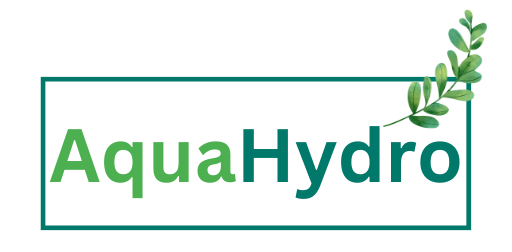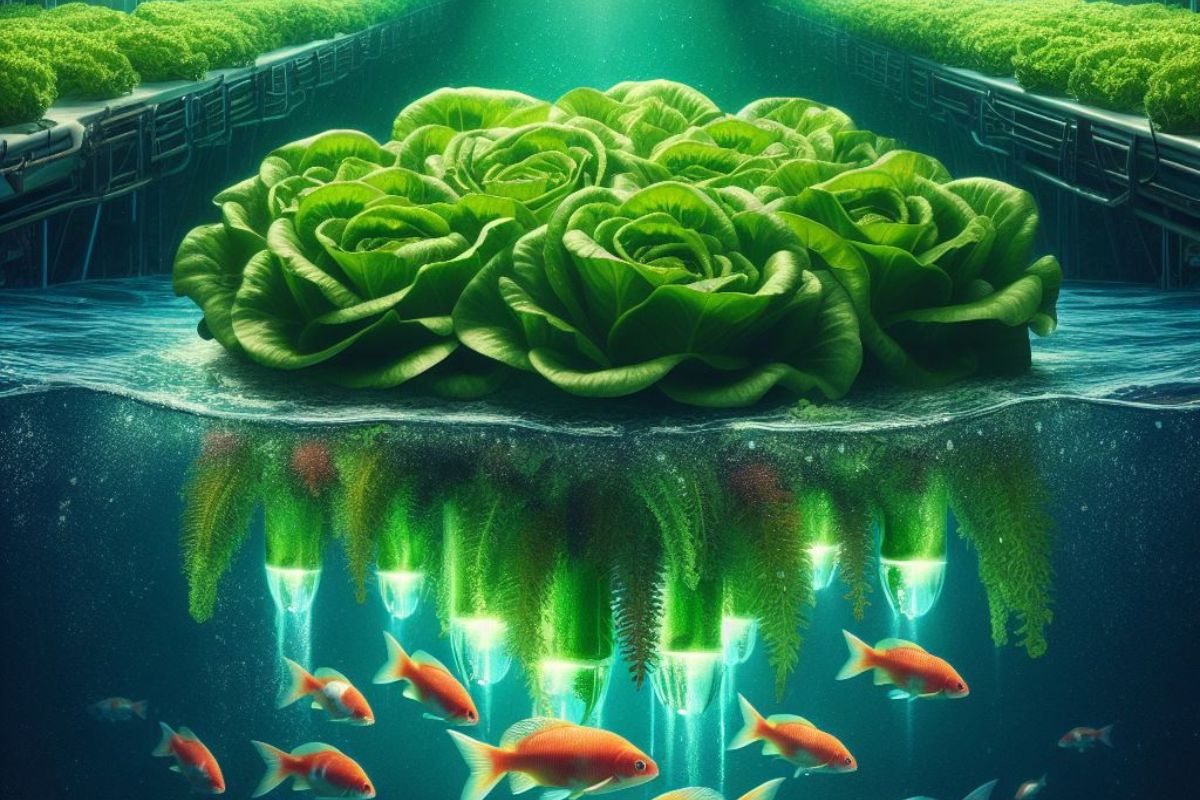Lettuce aquaponics has emerged as a groundbreaking method that seamlessly integrates aquaculture and hydroponics in the ever-evolving world of sustainable agriculture. This innovative approach not only promotes eco-friendly practices but also ensures a bountiful harvest of crisp, fresh lettuce. Let’s dive into the depths of lettuce aquaponics and explore how it is transforming the way we grow and consume this popular leafy green.
Understanding the Lettuce Aquaponics
Definition and Basics
To understand lettuce aquaponics, it’s essential to first grasp the fundamentals of aquaponics. This method entails a symbiotic relationship between fish and plants. In this system, nutrient-rich water from fish tanks is utilized to nourish the plants. Conversely, the plants play a vital role by filtering and purifying the water. This interconnected process forms the foundation of aquaponics, highlighting the collaborative and mutually beneficial nature between aquatic life and plant growth.
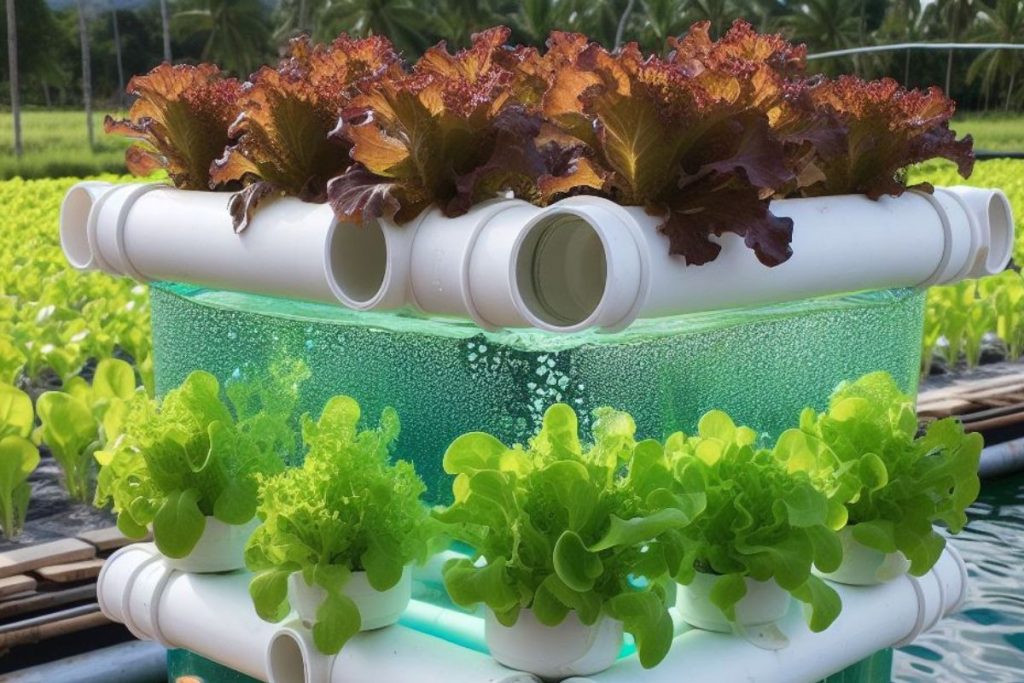
Advantages Of Traditional Farming
Highlighting the environmental benefits of aquaponics, this section delves into how it conserves water, minimizes soil use, and reduces the need for chemical fertilizers. Let’s explore why these advantages make lettuce aquaponics an attractive option for modern farmers.
The Role of Lettuce in Aquaponics
Why Lettuce?
Lettuce’s allure for aquaponics lies in its impressive trifecta: rapid growth, adaptability, and nutritional prowess. A plant that not only keeps pace with the demands of an aquaponic system but also contributes to the overall health of your fish and plants.
Varieties Suited for Aquaponics
Now, let’s narrow our focus to the diverse world of lettuce varieties. Not all lettuce is created equal, especially in the context of aquaponics. We’ll explore the characteristics that make certain varieties thrive in this symbiotic relationship between fish and plants. From root structures to growth patterns, this section serves as your guide to selecting the ideal lettuce varieties for an aquaponic setup. Practical insights await those seeking to optimize their system for maximum efficiency.
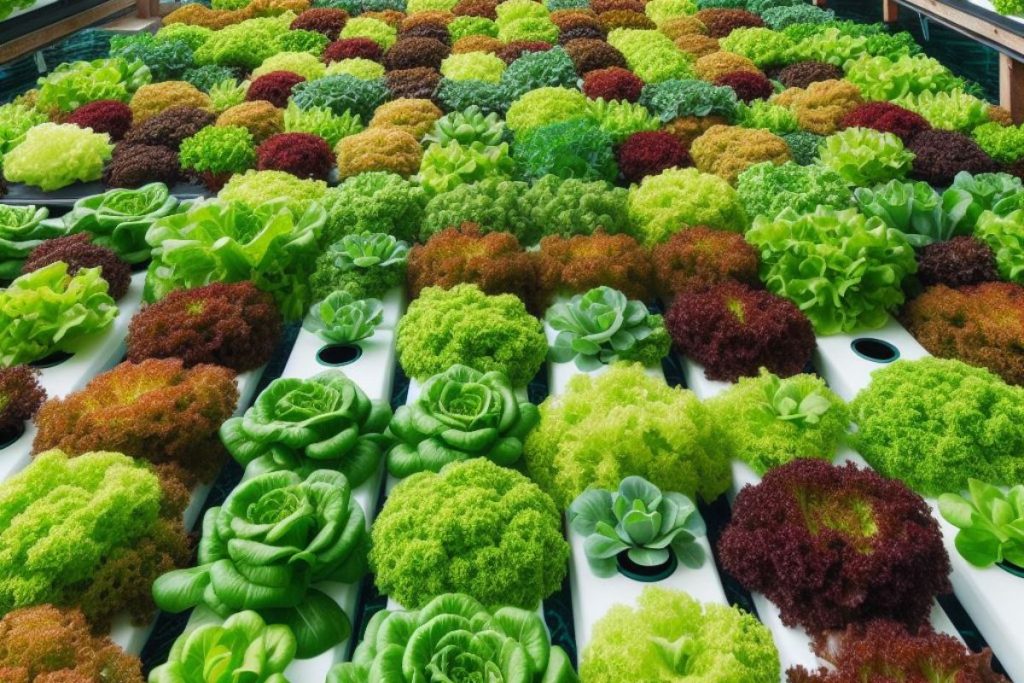
Setting Up Your Lettuce Aquaponics System
Components and Equipment
In this section, we’ll provide a detailed guide on the essential elements of a lettuce aquaponics system, including fish tanks, grow beds, and aeration systems. A step-by-step approach will be presented to help enthusiasts set up their sustainable aquaponic garden.
Fish Tanks: Fish tanks are the backbone of any aquaponics system, providing a habitat for the aquatic partners in this symbiotic relationship. Consider the size and material of the tank, ensuring it accommodates the specific needs of your chosen fish species. Adequate filtration systems and temperature control are also vital aspects of maintaining a healthy aquatic environment.
Grow Beds: The heart of your aquaponics garden lies in the grow beds where your lettuce will flourish. Explore different types of beds and choose a growing medium that suits your preferences and plant requirements. The selection of the right grow bed is crucial for optimizing nutrient absorption and supporting robust plant growth.
Aeration Systems: Aeration systems play a pivotal role in maintaining optimal oxygen levels in the water, benefiting both your fish and plants. Discover the various aeration systems available, such as air pumps and diffusers, and understand their significance in promoting a well-balanced and thriving ecosystem.
Step-by-step Approach: Now, let’s embark on the journey of setting up your aquaponic system with a user-friendly, step-by-step approach. Follow these instructions closely to seamlessly integrate fish tanks, grow beds, and aeration systems into a cohesive and efficient aquaponic setup. Whether you’re assembling your system indoors or outdoors, our guide will ensure a smooth and successful implementation of your sustainable garden.
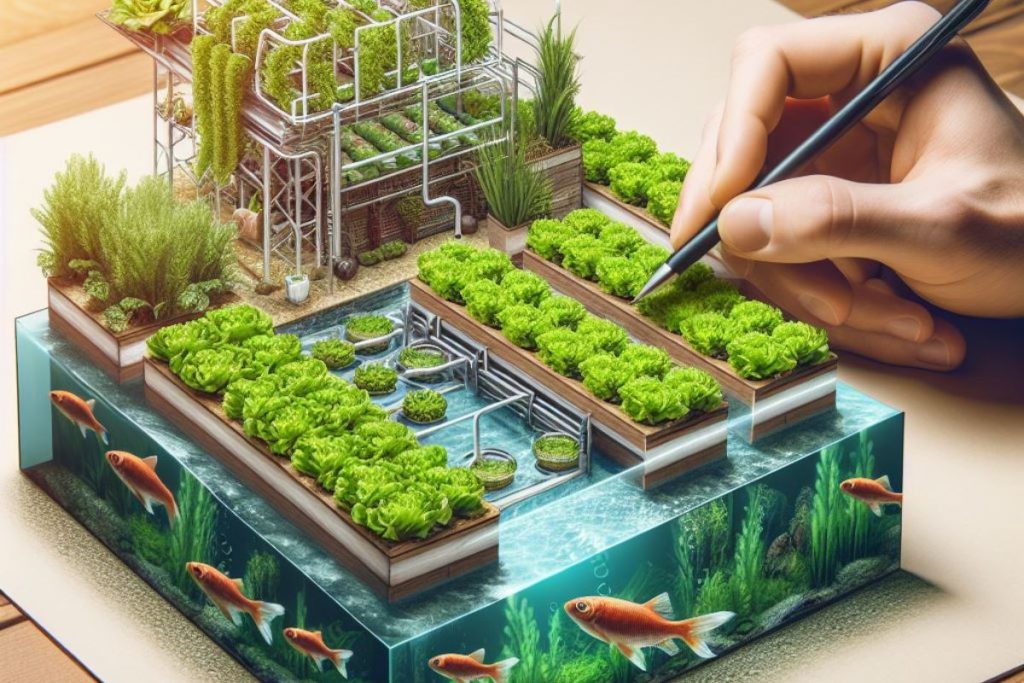
Maintenance Tips
Maintaining a balanced ecosystem is paramount for the success of your aquaponics system.
Monitoring Water Quality: Regular monitoring of water quality is the foundation of a healthy aquaponics system. Invest in reliable testing kits to assess crucial parameters such as pH levels, ammonia, nitrate, and temperature. Establish a routine for testing and adjust conditions as needed. This proactive approach ensures a stable and supportive environment for your fish and plants.
Disease Prevention: Disease prevention is a key aspect of maintaining a flourishing ecosystem. Familiarize yourself with common diseases that can impact fish and plants in aquaponics systems. Implement preventative measures such as quarantine protocols, good hygiene practices, and careful sourcing of new additions to the system. A preemptive stance against diseases is crucial for sustaining the overall health of your aquaponics setup.
Optimal Conditions for Fish and Plants: Tailor the conditions of your aquaponics system to meet the specific needs of both fish and plants. Understand the preferred temperature ranges, oxygen levels, and nutrient concentrations for the species you are cultivating. Consistently maintaining these optimal conditions creates an environment where your aquatic and plant life can thrive, promoting robust growth and productivity.
Troubleshooting Common Issues
Nutrient Deficiencies
Addressing common challenges faced by aquaponic growers, we’ll explore how to identify and rectify nutrient deficiencies in lettuce plants, ensuring a thriving and healthy harvest.
Pest Control in Aquaponics
Discussing natural methods to control pests in an aquaponic environment, this section provides eco-friendly solutions to protect your lettuce crop without harming the delicate balance of the system.
Future Prospects of Lettuce Aquaponics
In this section, we delve into the exciting realm of ongoing research and the potential advancements shaping the future of lettuce aquaponics. By exploring the intersection of technology and innovation, we aim to uncover how these developments may enhance the efficiency and scalability of this eco-conscious farming method.
Smart Monitoring System:
Ongoing research is focusing on the integration of smart monitoring systems that leverage sensors and data analytics. These systems can continuously assess and optimize crucial parameters such as water quality, nutrient levels, and environmental conditions. The implementation of real-time monitoring not only enhances efficiency but also allows for precise adjustments, ensuring optimal conditions for lettuce growth.
Aquaponics Automation:
The future of lettuce aquaponics holds the promise of increased automation. Advanced systems incorporating robotics and artificial intelligence may handle tasks such as planting, harvesting, and system maintenance. This not only reduces labor requirements but also streamlines operations, making aquaponics more accessible to a broader range of enthusiasts and commercial growers.
Controlled Environment Agriculture (CEA):
The fusion of aquaponics with Controlled Environment Agriculture (CEA) technologies, such as vertical farming and hydroponics, is an area of active exploration. This integration aims to maximize space utilization and optimize resource efficiency, potentially revolutionizing how lettuce is cultivated in both urban and remote settings.
Nutrient Delivery Systems:
Ongoing advancements in nutrient delivery systems are poised to enhance the precision of nutrient distribution to plants. This includes the development of specialized formulations and delivery mechanisms that cater specifically to the nutritional needs of lettuce. Such innovations have the potential to boost yields and improve the overall sustainability of aquaponic farming.
As we conclude our exploration of lettuce aquaponics, the journey has illuminated the transformative potential of this sustainable farming method. The symbiotic relationship between fish and plants, coupled with advancements in technology and innovation, paints a promising picture for the future of eco-conscious agriculture.
